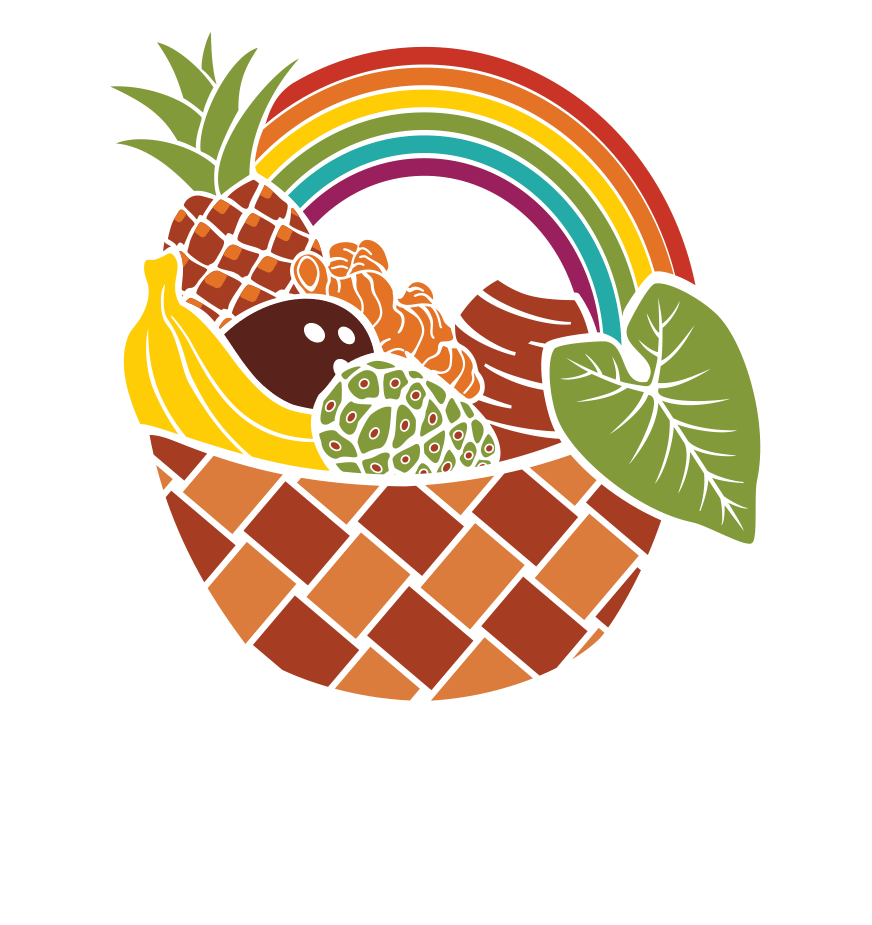Double-Up Programs Make Headway At Food Banks
Published in Hunger + Health and SNAP+
Not many food banks actively promote nutrition incentive programs that make fresh produce more accessible to low-income families. But the ones that do are seeing results that go well beyond increased produce consumption in their communities.
These “Double Up Food Bucks” programs, which originated at farmers markets over 15 years ago, double the value of SNAP dollars when recipients spend them on fruits and vegetables. Policymakers like the idea of super-charging produce purchases because it pumps up local economies, and may also drive down health-care costs as people improve their diets.
Food banks are finding that they are well-positioned to help expand the incentive programs beyond farmers markets into places where they can have even more impact, such as grocery stores. As the programs grow, the food banks themselves are reaping benefits.
In Hawaii, the state’s main food bank, The Food Basket, is a pioneer in nutrition incentives, having started its DA BUX Double Up Food Bucks program in 2014. The program has steadily grown, thanks to federal support and donors, and is now available at 81 retail sites. By the end of 2020, 77% of SNAP households lived within shopping distance of a participating retailer.
The Food Basket also received $5 million this past summer from the USDA to expand its program. With the additional funding, it plans to remove the existing $20 daily cap on the double-up incentive so families can access even more produce, while also promoting the program through new outlets, such as community-supported agriculture shares and grocery stores.
The Food Basket’s DA BUX Double Up Food Bucks program is helping to promote indigenous food in Hawaii, said Kristin Frost Albrecht.
The incentives will apply exclusively to Hawaii-grown produce, and will help to promote indigenous foods such as ulu, also known as breadfruit, and poi, a starchy vegetable. “We talk about nutrition security versus food security, making sure people are getting the best quality food possible,” said Kristin Frost Albrecht, Executive Director at The Food Basket. “That’s something that food banks aren’t actually very well known for.”
Another important aspect of the program is to provide an engine for economic growth in a state that has one of the highest unemployment rates, as well as food costs that are 82% higher than the national average. The food bank expects its efforts will increase revenues from Hawaii-grown produce by 400% by 2024 at each participating retailer.
Albrecht noted that every federal dollar spent locally becomes a $2.30 investment in the local economy. One farm, for example, needed four additional greenhouses to meet the added demand for produce.
The food bank is also seeking to help the state improve its disaster resilience. Albrecht noted that local farms became a lifeline for the food bank when supply chain challenges in 2020 delayed food imports that the state depends on. “We are disaster-prone in our state, so we have to really rely more on our own resources,” Albrecht said.
Though expanding grocery store participation is critical to scaling the programs, it is also the biggest challenge. The point-of-sale technology that powers cash registers doesn’t have an automatic way to double up SNAP dollars, and cashiers often do not know if shoppers are using an EBT card.

